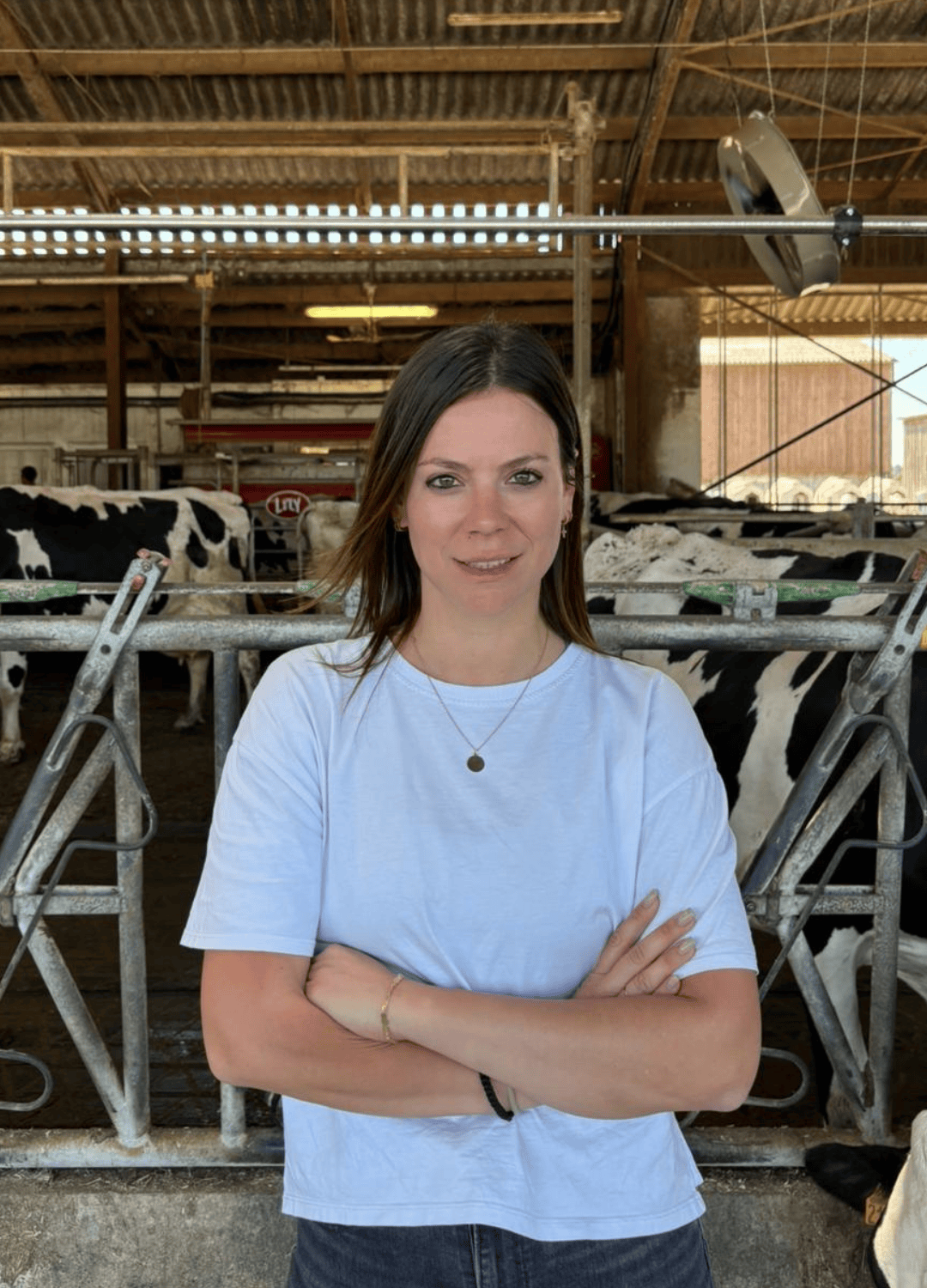Solutions
How to prevent ketosis?
As with many diseases, ketosis occurs because there is an inbalance in the body. The cow must provide more energy than she can absorb. This in itself is a normal process, but when not managed effectively and ketosis occurs, it immediately affects the reserves and resistance of the animal. Ensure that your cows have access to a high quality, palatable and well balanced diet. This is the first important step. Furthermore, you need to support your cows optimally in their health and calcium metabolism. Remember, prevention is always better and cheaper than cure. A healthy cow eats more, can produce more milk efficiently and will be more fertile.
Learn how to support the immune capability of dairy cows for optimised health and production.
Learn how to optimise calcium metabolism around calving, which may result in healthier, more productive dairy cows.









